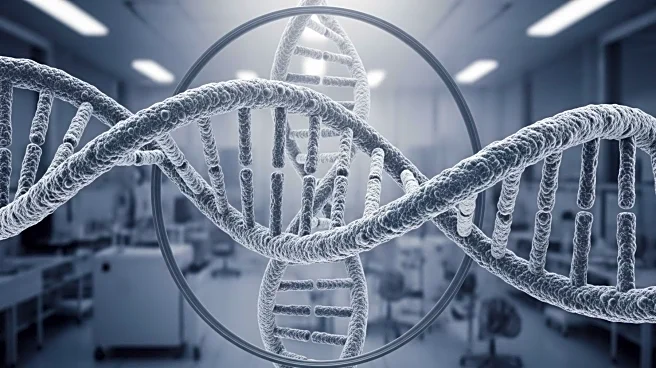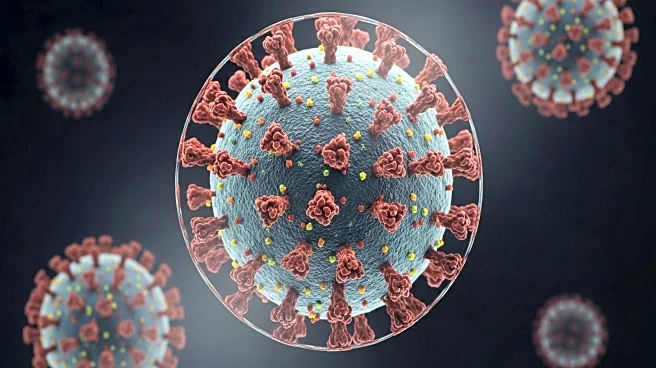What's Happening?
A recent study has revealed that structures in DNA previously thought to be knots are actually coils known as plectonemes, which form when DNA twists under stress. This discovery was made using nanopores, which allow DNA strands to pass through and disrupt electrical currents, indicating the presence of these coils. The study, published in Physics Review X, shows that these coils can influence gene function by affecting which genes are activated. The research involved passing DNA through a nanopore in a high pH solution, creating a twisting force that formed the coils. This finding could have implications for understanding DNA behavior during processes like transcription and replication.
Why It's Important?
The discovery of plectonemes in DNA is significant for understanding gene regulation and the molecular organization within cells. By identifying these structures, scientists can better comprehend how genes are controlled and how DNA responds to stress, which could have implications for disease research. The ability to differentiate between knots and coils in DNA could lead to advancements in genetic research and biotechnology, potentially impacting fields such as medicine and agriculture. This study highlights the importance of nanopore technology in observing DNA behavior, offering new insights into the molecular mechanisms that govern life.
Beyond the Headlines
The study suggests that torsional stress in DNA could lead to the formation of other complex structures, such as i-motifs and G-quadruplexes, which may play roles in gene regulation. Understanding these structures could provide new avenues for research into genetic disorders and the development of novel therapeutic strategies. The findings also emphasize the potential of nanopore technology to explore natural supercoiling in DNA, offering a deeper understanding of how genetic information is managed within cells.











